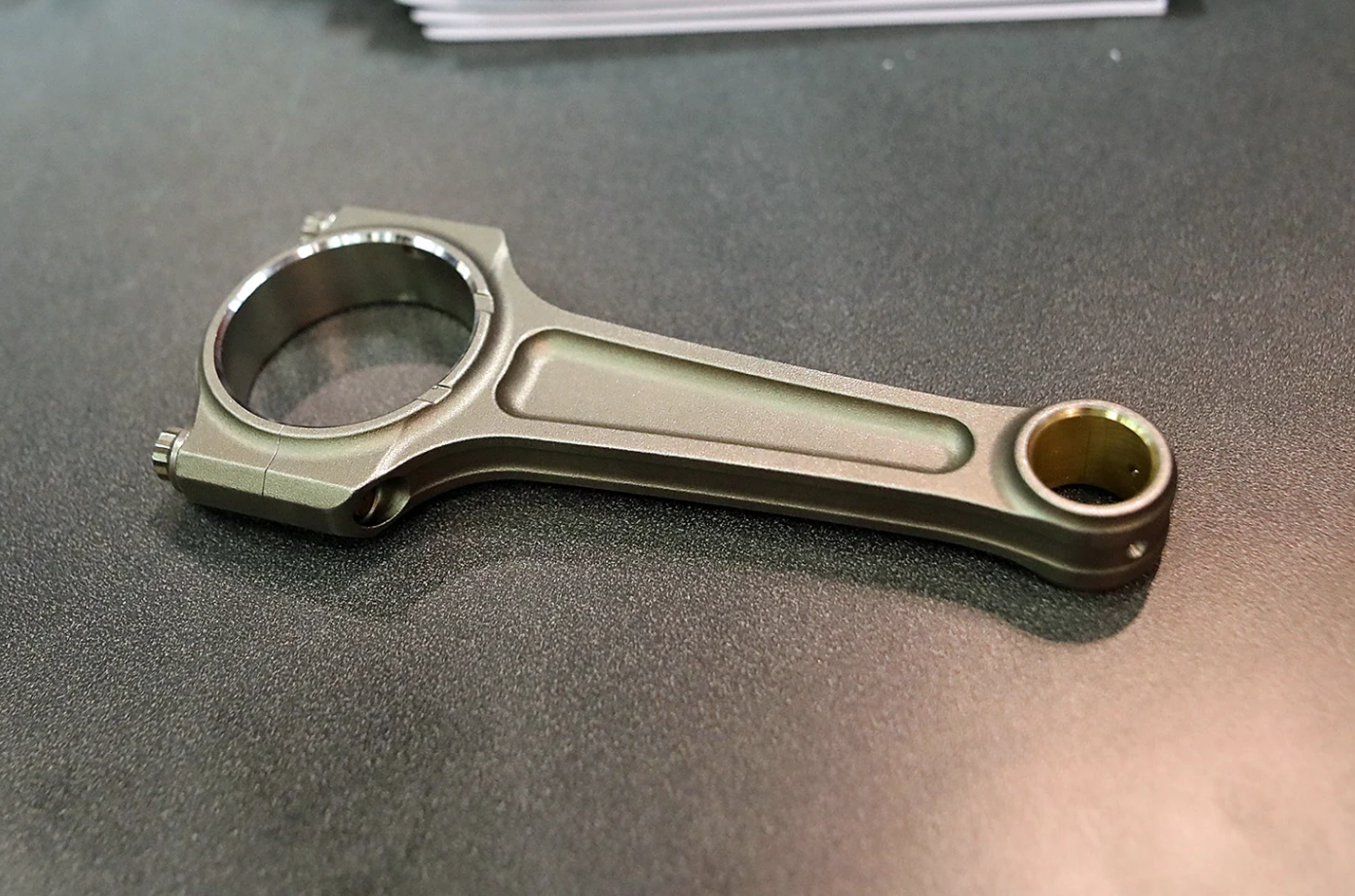The Strength of H-Beam and I-Beam Connecting Rods
In the world of high-performance engines, the strength of connecting rods is of paramount importance. Of the various types available, H-Beam and I-Beam are the most commonly employed. Interestingly, there is no definitive answer as to which of the two – H-Beam or I-Beam – is categorically stronger. Strength is highly dependent on the material used, manufacturing process, and specific application. However, in general, many mechanics and engine builders believe that H-Beam rods offer a better balance between weight and strength.

H-Beam Connecting Rods: Pros and Cons
H-Beam connecting rods, named for their ‘H’ like shape when viewed from the end, are popular for their balance of weight and strength. They are often favored for high horsepower applications, where stress on the connecting rod is significant. Typically, H-Beam rods feature a larger cross-sectional area, which contributes to their strength. However, this design can also make them heavier, potentially impacting engine performance if weight reduction is a critical consideration.
I-Beam Connecting Rods: Pros and Cons
I-Beam connecting rods, characterized by their ‘I’ shape, are commonly used in many stock engines due to their relative light weight and sufficient strength for low to moderate performance applications. I-Beam rods are generally lighter than their H-Beam counterparts, leading to better engine responsiveness. However, when subjected to very high horsepower or boost pressures, they may lack the necessary strength, making H-Beam rods the preferable choice in such situations.
H-Beam vs I-Beam: A Comparison
| H-Beam Connecting Rods | I-Beam Connecting Rods | |
|---|---|---|
| Strength | High | Moderate |
| Weight | Heavy | Light |
| Performance Use | High Horsepower | Low to Moderate Power |
| Cost | Typically higher | Typically lower |
Materials Matter
Regardless of the chosen design, the material used in the connecting rod significantly influences its strength. Commonly used materials include forged steel, billet steel, aluminum, and titanium. Of these, forged steel and billet steel are favored for their strength and cost-effectiveness. Aluminum rods, while lighter, may not provide the same level of durability. On the other hand, titanium rods offer superior strength and lightness but come at a high cost.
Conclusion
Deciding between H-Beam and I-Beam connecting rods depends on various factors, including the intended application, budget, and performance expectations. While H-Beam rods might offer a better strength-to-weight ratio, they are often more expensive. On the other hand, I-Beam rods are typically more cost-effective and may be adequate for many applications. Regardless of the choice, the material and quality of manufacture are critical factors to consider.